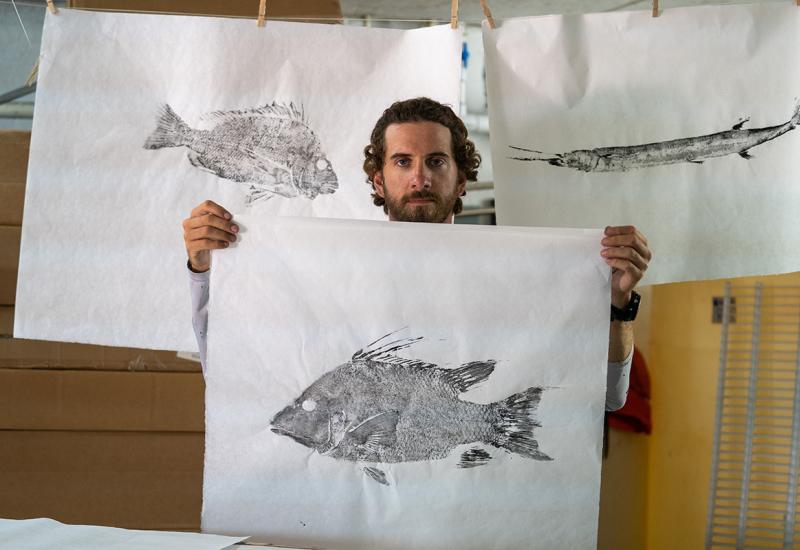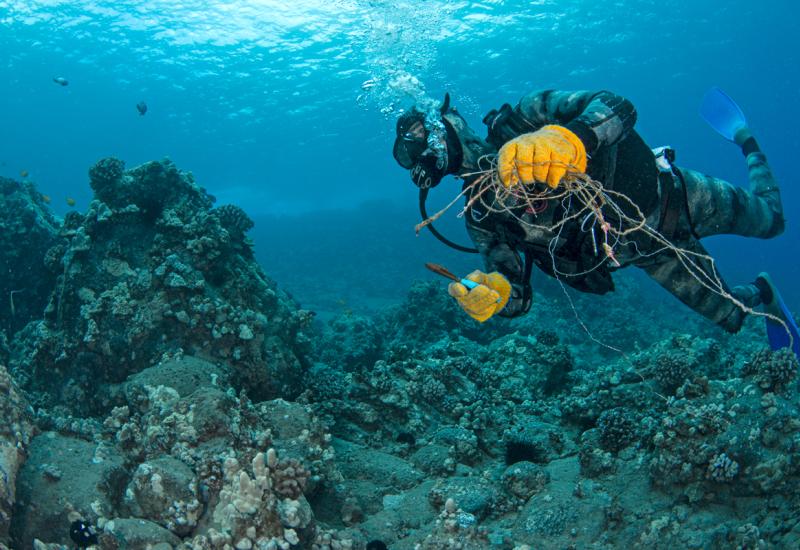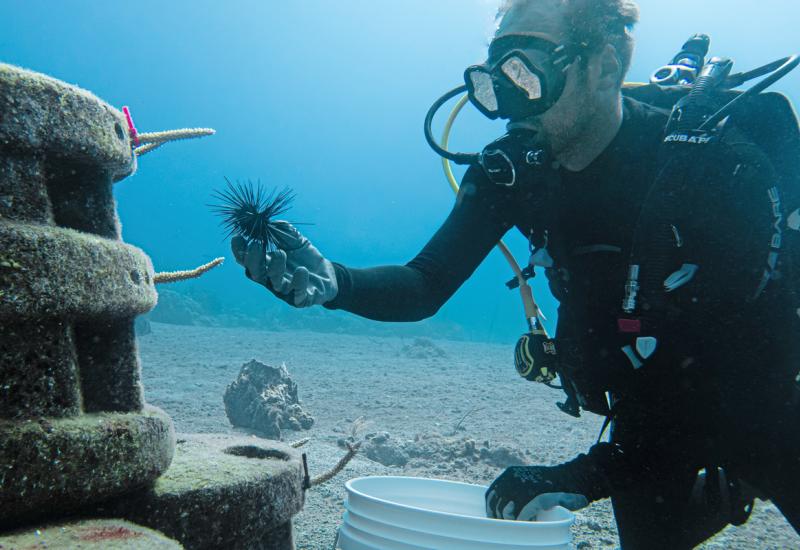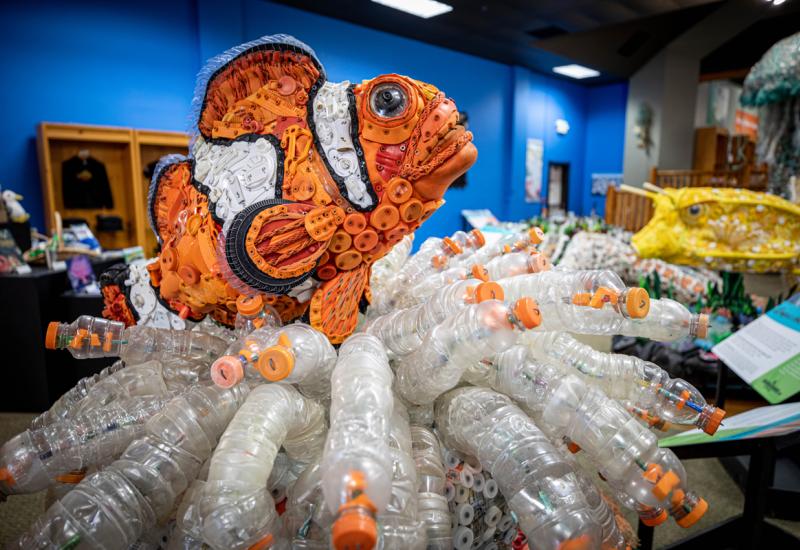How Project Aware Is Protecting Sharks and Rays on a Global Scale

Shutterstock.com/WildestAnimalProject Aware is pushing for increased protections of sharks and rays as population pressures grow globally.
Imagine a world where wildlife trade doesn’t drive species to extinction.
That’s the goal of the Convention on International Trade in Endangered Species of Wild Fauna and Flora, or CITES, an intergovernmental agreement between 183 parties that establishes a roster of wildlife subject to protective international trade rules.
Any animal listed by CITES “cannot be bought or sold internationally unless their populations are healthy,” says Ian Campbell, associate policy director at Project Aware, a marine conservation nonprofit largely funded by PADI.
Project Aware leverages scientists and the dive community to expand protections of marine life through CITES. An initially hesitant Canada, for example, acknowledged “sustained public pressure” from divers influenced the country’s 2019 vote to adopt shark proposals, Campbell says.
“We're using sharks as an iconic species for a healthy ocean, but also using the strength of the scuba diving community, and the fact that divers do like sharks...to push a conservation agenda,” adds Domino Albert, Project Aware’s communications manager.
When CITES members vote to list an animal, it gets grouped into one of three categories. Trade is banned and can be authorized only for non-commercial purposes, like scientific research, for the most vulnerable animals. The second tier is for animals that can be safely traded in a regulated setting, and the third for animals protected in at least one member country, allowing other members to aid in regulating the animal’s trade.
Over the past seven years, CITES has added 38 shark and ray species to its protected lists, prompting countries to implement fishery controls or banning the trade of specific species. Some, like Samoa and the Dominican Republic, outlawed shark and ray trade of any kind within their waters, from fishing to possession to sale.
CITES is a trade organization, not a conservation body, but Albert says implementing wildlife trade rules makes it easier to track the flow of products like shark fins and to push countries to implement stricter fishing controls.
When a country votes to regulate trade of a shark or ray, “they then have to follow through those commitments at the fishery level,” she says. And while “the conservation impact is bigger at the fisheries level than controlling the trade,” the two are complementary.
Fishing pressures on shark and ray populations continue to grow as shark fin soup remains popular in Asia and the demand for shark meat swells in countries like Brazil.
Project Aware’s latest campaign, #Divers4Makos, aims to make mako sharks a CITES-listed species. Divers can get involved by signing the group’s online petition or using #Divers4Makos on social media.
Such petitions are a key tactic in Project Aware’s campaigns, which use them to highlight global diver support for regulating the trade of a specific species.
“Small actions like signing a petition or taking part in an online campaign on social media…[connect] to policy change and implementing systemic change,” says Albert.
More Marine Conservation:










